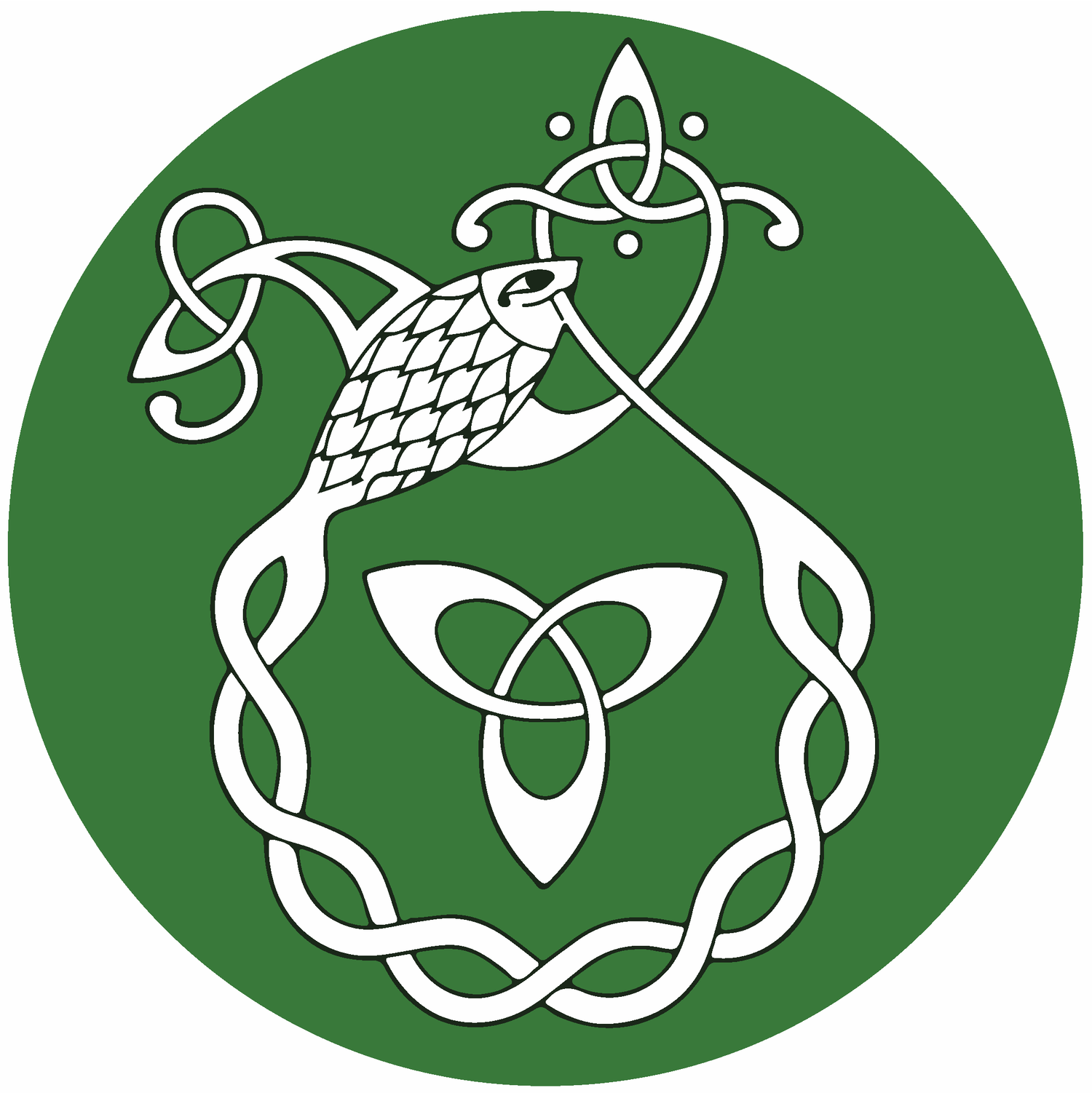
Fun and Sport
Spórt is Scléip
Traditional Irish sports are exciting and unique. They feature a mix of native Gaelic games that have thousands of years of history being played in Ireland, like Hurling and Gaelic Football, as well as more recent imports such as soccer and rugby.
Irish traditional sports are often played in local communities and bring people together. In fact, the formal competitions of these games was one of the main reasons that local communities started seeing their county as a main part of their identity - the county divisions were introduced by the English and many people until recently felt a stronger connection to their local parish, which was based on the old kingdoms of Gaelic Ireland. But now, many people think of their county as an important part of who they are too.
Our traditional sports have been connected deeply with our culture and history for a very long time, and are loved and practiced by many people around the world. These sports are not only fun to play but also a way to celebrate Irish culture and heritage.

Hurling
Hurling, “iomanaíocht” in Irish, is a fast-paced and exciting Irish sport played by two teams, of 15 players each, with a stick called a “camán” (or “hurley” in English) and a ball called a “sliotar.” It is so fast in fact that it is often called the fastest field game in the world. Iománaíocht comes from the same root as “tiomáint”, to drive.
Iománaíocht has been played by the Gaelic people for over 2,000 years and is a major part of many of our myths, for example the story of how Cú Chulainn got his name: One day, the household of the young boy Setanta was invited to a feast with the famous warrior Culann. Setanta missed leaving with the group, and practiced his iománaíocht with a golden camán and silver sliotar on his way to the gathering. When he arrived, the guard dog had already been put out. When they attacked the young boy, he defended himself by driving his ball straight down the dog’s throat and out its back, killing it. Until he could raise a new guard dog, Setanta agreed to become Cú Chulainn, or the Hound of Culann.
Players try to score points by hitting the ball with their sticks into a two-part goal. They can hit the ball on the ground or in the air, and players can catch the ball with their sticks and carry it for a few steps. Players also dribble the ball by bouncing it on their stick or the ground while they run. Players try to score points by hitting the ball with their sticks into a two-part goal. Players need to hit the ball over the crossbar goal (like in American Football) for one point, or through the defended lower goal for three points. Camóige is a similar sport played by women, with the rules, field, and equipment almost all the same as for iománaíocht.
Iománaíocht came under oppression under English rule starting in 1366, banning: “the plays which men call horlinges, with great sticks and a ball upon the ground.” It was also outlawed in Quebec City in 1847 during the Great Famine. Hockey owes much to Hurling, including many terms such as "puck”, coming from Irish “poc” meaning a strike or a blow. There are many influences to hockey, including traditional Indigenous Canadian games such as lacrosse, but a large factor in its development can be traced to the late 18th Century, when Willam Cochran of Tyrone, Ireland, began teaching hurling in Nova Scotia. This quickly moved onto the ice and became the winter sport we know today.

Gaelic Football
Gaelic football, “peil” or “caid” in Irish, is played by two teams, of 15 players each, with a round football (the ball itself also called a “peil” or “caid”). The ball is about the same size as a soccer ball and can be kicked, caught, or passed to other players. Players can run while holding the ball in their hands for a short distance, but they have to then dribble it by bouncing the ball on the ground or kicking it back up into their hands. The game is a contact sport, and players can try to take the ball with their hands or by bumping their opponents. Just like in hurling, players try to score points by hitting the ball through a two-part goal. Players need to kick or punch the ball over the crossbar goal (like in American Football) for one point, or through the defended lower goal for three points.
Gaelic football doesn’t appear in our ancient mythology as much as hurling, and the first reference known to it is from a 14th Century legal case. It too was suppressed under English rule initially, but by the 1700s it had become a favourite spectator sport of the English landed gentry, who would pit teams of their tenant farmers against one another for amusement. Later colonial rule brought in a number of soccer-style games that threatened to oust the native Gaelic football, and to stop this from happening the Cumann Luthchleas Gael (Gaelic Athletics Association) ruled during the Anglo-Irish war that games could only have Irish-speaking referees.
